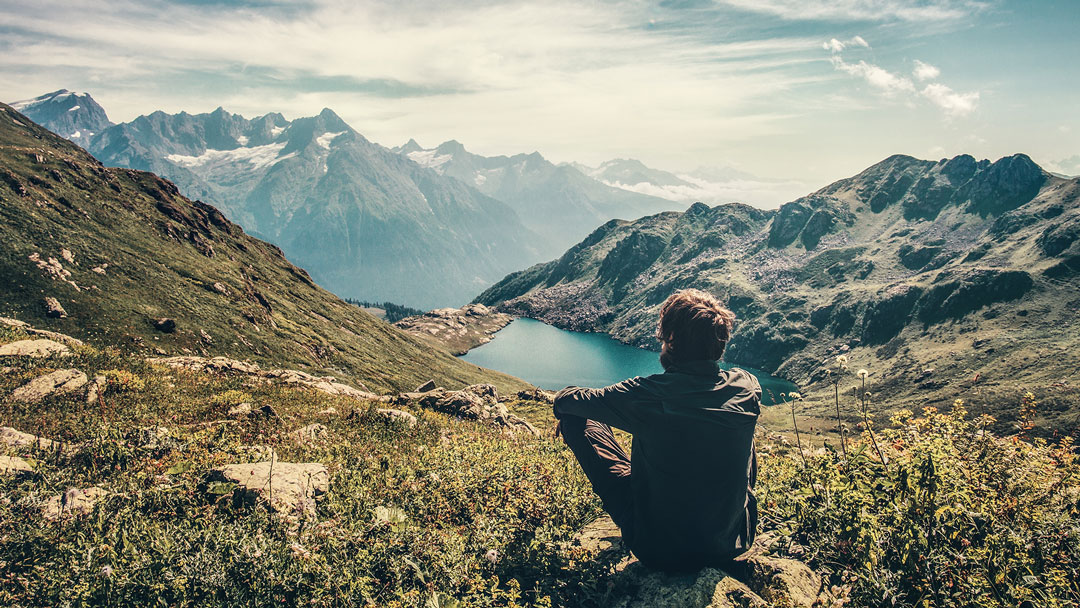Offices: The place where ideas go to die.
I hate offices. I hate the physical, psychological, political and emotional structures of offices and I have always found it incredibly difficult to concentrate, let alone focus on or create fantastic ideas in them. My loathing for offices is only topped by my utter contempt for conference rooms with their air of sullen desperation and the odour of flip charts and moderation kits and cheap biscuits that are two years past their sell-by date. Sound gloomy? Sure as hell is. The conference room is where your ideas go to die. You’ve all been there. You may be there right now, looking over the top of your screen and eyeing the room that, much like a dementor, will eventually suck all hope of creativity out of you. Paradoxically, it is the room where you go to “create”, “ideate” and try to come up with things that will make you and your company better, more interesting and more successful but, in this our corporate Germany, it has become a place to bury success under rules, stale coffee and bullet-points.
Distraction as an unfortunate occupational hazard.
It is an uncomfortable truth the some of the most senior people in your organisation are wasting time in meetings. The people who should be creating a vision, building fantastic products and helping their staff to become even more awesome are suffering from something that I call “corporate distraction”. That senior person might just be you. It’s nearly impossible to sit down with these people and work on creating something meaningful for their business without being interrupted by a piece of important business that requires their immediate attention. I’m sure this is something that you’ve experienced too: the email, the ping on Skype, the slack request can all be managed by simply turning your computer and mobile phone off but you can’t turn off the colleague who magically appears at your desk and request “a minute of your time” which actually means thirty minutes of painful distraction. Now, this is all part of daily business life and one, I suppose, must accept it for what it is: an occupational hazard but when you are working on something that is really important, corporate distraction is very damaging to you and your business.
Something borrowed. Something new.
I discovered a solution to this problem. Creative Walks. It’s a paradigm shift of your chair. It’s called standing up and getting the hell out of your office and going for a walk. It’s a spin on something that we’ve known all along – that walking is good for creativity. There has been a long history of very clever people going on walks to solve problems. Stanford University has even done a study called “Give your Ideas Some Legs: The Positive Effect on Walking on Creative Thinking” that proves that going for a walk can dramatically increase your divergent thinking skills. So the idea that going for a walk instead of sitting in an office is good for you isn’t really new. Steve Jobs did it and Richard Branson still does.
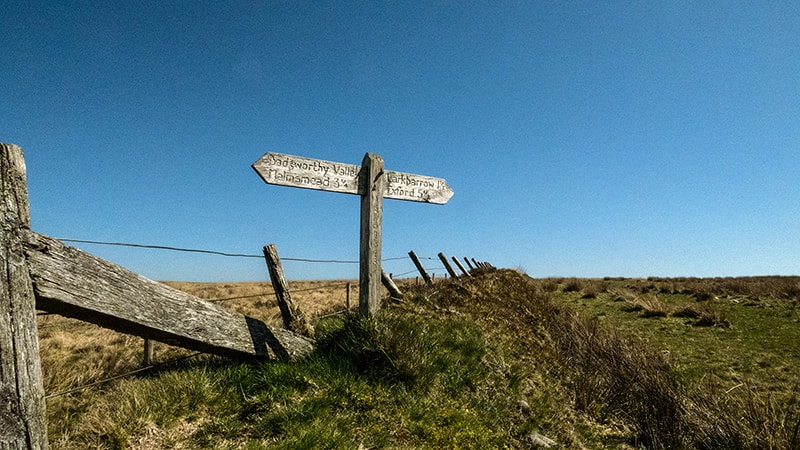
Creative Walks: Really long walks for really big ideas.
The Stanford study looked at the effects of walking on both divergent and convergent creative thinking by making participants walk on treadmills as well a short thirty minute walks outside. The impact on the divergent (or free) thinking was considerable (an 81% increase in creativity) but the convergent (or tight) thinking only seeing a 23% increase. As a creative my brain works in a very divergent way so it is no real surprise that going for a short stroll helps me discover and mould new, albeit basic, ideas. Short walks are good for focus. I’ve discovered, however, that long walks are excellent for letting the mind wander and discover really big ideas.
Short Walks as proof of concept.
Blocking a day to go walking may seem like an impossible assault on your busy calendar but I should remind you that it may well be the most important day’s work you’ll do this year. I understand that that might be difficult to explain to your colleagues or your line manager or even to yourself so I would suggest using shorter walks as a proof of concept. As I mentioned before, short walks are good for framing basic ideas. They’re also excellent for getting your head clear and the creative juices flowing again as well as preparing yourself for longer walks should you be considering going on one. Just leaving your desk for thirty minutes, going for a short walk and getting a new perspective on something that you are trying to solve and then finding creative ways to solve it, is a perfect way of proving to yourself, your colleagues and your bosses that walking works for your business.
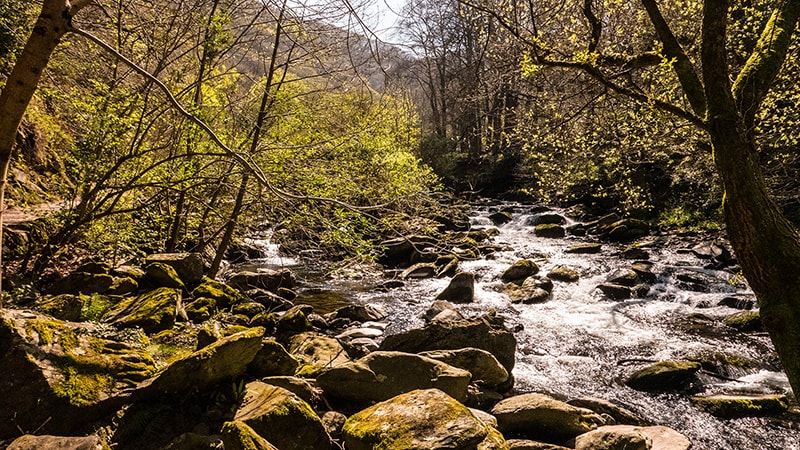
Long Walks are physically and emotionally rewarding.
Once you’ve proven that walking has a positive impact on your work then you can then consider going on longer walks. I’ve discovered that the longer I walk, the bigger and better my ideas become. There is something thoroughly rewarding about putting one foot in front of the other and letting your mind and body suck in your surroundings in order to ponder over a problem or just think without purpose and stumble over a remarkable idea. I’m amazed how swiftly hours and kilometres pass by and how focused I become when I’ve got my walking boots on. Walking in nature and being surrounded by forests, mountains, streams and lakes is emotionally rewarding anyway but when you use all of this as a part of a creative process then the results can be quite extraordinary. The smell of the forest: the trees and the leaves, the sound of bird song or the rush of the stream as well as the physical effort of walking thirty kilometres all swell up in your chest and push your creativity into a special direction – a walker’s high. Nature will inspire you to inspire yourself. I’ve recently discovered the Norwegian notion of “freiluftsliv”. Created by the Norwegian playwright and poet Henrik Ibsen this “free air life” is a kind of poetic escapism, that embraces a life outdoors; a creative life full of adventure and wonder.
Creativity is a process and a discipline.
So what is creativity anyway? Well, the Oxford English Dictionary describes creativity as follows: “the use of imagination or original ideas to create something”, which is a splendidly pragmatic way to describe something that feels so magically. I studied art, which means that I would be forced to stand in front of my class and explain my work, a practise called the “critique” and something that takes place weekly in every art college in the world. I would have to explain the paintings on the wall as well as my creative thinking that was kept in my sketch books: little black books of sketches, notes and scribbles that we were encouraged to keep with us and use at all times. I still have sketch books. This is a very renaissance approach to harnessing imagination and although it does feel slightly romantic there is a clear process and discipline to documenting your thinking and being able to communicate your idea in a manner which others can understand. Taking the process on a walk simply increases your chances of improving the quality of the idea, as long as you focus on the path to that idea.
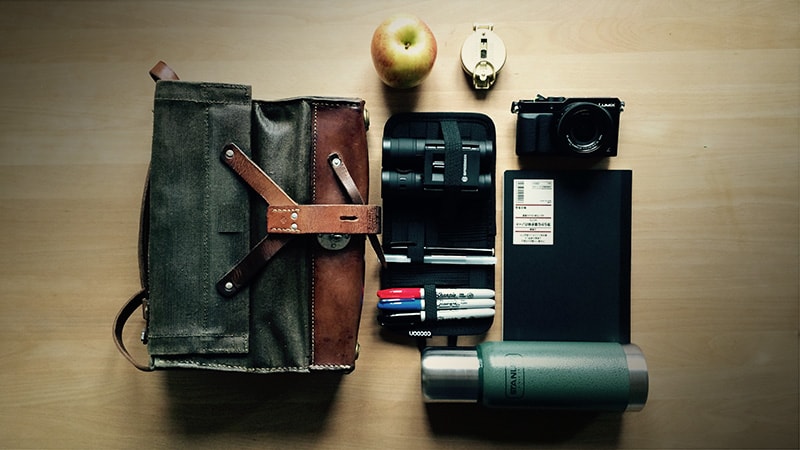
Creative Walks: Planning your walk.
I go on really long walks that can take up to eight hours to complete. I’ve found that by committing to a walk of this length I enter into an emotional and physical contract with myself to complete the task at hand without allowing anything else to distract me. A walk of this length is both physically and emotionally challenging and needs to be planned very carefully. I once tried to walk from Munich to Hamburg (something which is called thru-hiking), an undertaking that went horribly wrong and I wish I knew then, what I know and here are some simple rules for you should you wish to embark on a long walk of your own.
1. One Day. One Path. One Task.
Before you go off on your walk your need to clearly define what it is you want to do. Solve a business problem? Create a new product? Come up with a campaign? These are all things you can take with you but you should only choose one and work on it.
2.Choose your route to match your fitness
I’m not the fittest man on the planet; in fact, I abhor any kind of sporting activity and have tricked myself into believing that walking isn’t sport but the activity of a gentleperson. I have several routes that take me along the river Isar and up into the Bavarian Alps and I choose them depending on my current physical and emotional state. Don’t try and be a hero.
3. Have the right kit.
For long walks, you’ll need to go to a shop that specialises on walking shoes and get advice and listen to the advice that you are given. The right shoes for you and your feet might be ugly (mine are) but you will learn to love them after a thirty-kilometre walk. You’ll need clothes that breathe. You’ll need a change of clothes too. You’ll also need things that you can scribble ideas down on (I use artefact cards which are produced by a chum in England). You will need a packed lunch and plenty to drink.
4. Take no more than two colleagues with you.
I’m often asked why I’m so strict about this rule but a maximum of three people can walk, talk and work comfortably together. Any more than three leads to smaller groups and separate discussions which aren’t the point of your walk: one day, one path one task. If you do decide that you need to take a group out of the office then find a nice spot out in the countryside: somewhere that is pretty and where you can see the horizon. If, however, you want to walk then stick a maximum of three people.

Creative Walks: Working on the walk.
In my experience the longer walks can be split into four phases, that can be mastered to make your day out on the road a successful one. There’s a phase where you realise you’re actually going to spend a working day walking and working without distraction on an important piece of work. It’s a storm in your brain and you walk too fast and talk too much. Then you experience something like a “walker’s high, which has little to do with endorphins but more to do with the fact that, your eyes have become accustomed to forests, rivers, mountains and lakes and your pace slows, you talk less and you make more notes and you let your mind wonder. Then there’s the phase where you go hunting for new ideas, really strong ideas that you think will help solve your problem or challenge. Then there’s the long slog home and you quietly start piecing everything together; you review your notes and consolidate your ideas leaving the weaker ones behind you until you have one strong idea that you fully support.
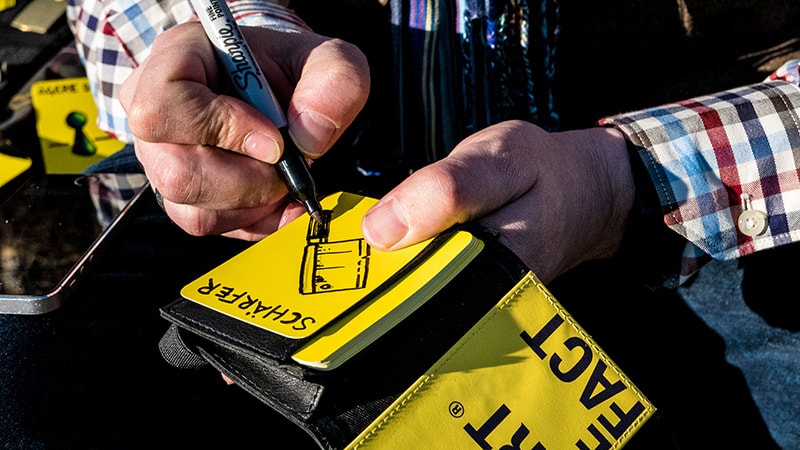
Post Creative Walk trauma.
I’ve often described the walks as the best day’s work I have ever had. I’ve sat in a bar, drinking a glass of Bavarian wheat beer after a hard walk up and down a mountain and I’ve had tears my eyes because it was a way of working that has positively touched me intellectually, physically and emotionally. It is very easy to romanticise this kind of creative process but you will need to remind yourself that it was actually a day of work and something useful needs to come of it. You’ll need to debrief and action the ideas and communicate them in the appropriate way. I sort my ideas in sketchbooks and present them to people in much the same way as I did as an art student.
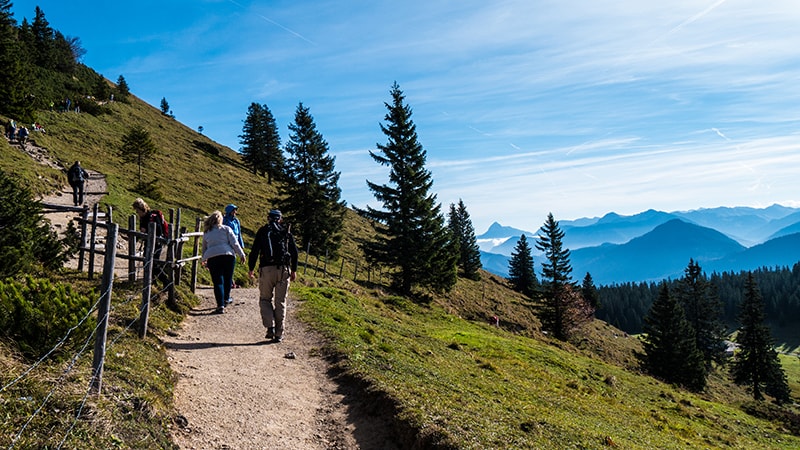
The heroic return to your desk.
Eventually, however, you will return to your desk. Once again you’ll be confronted by the coffee machine, the meeting room, the photocopier and Klaus from accounting. Your heart will sink a little and your colleagues will want to know what happened to you “out there”. This is where you will notice that the walk has had what the Stanford report calls a “residual boost” on your creative ability: the walk stays with you and has become an integral part of the ideas and thinking you communicate to other people. You’ll start to notice that there is a small outdoor renaissance taking place: that there are specialised publications available about hiking, and the great outdoors. You’ll notice that artisan companies are popping up all over the world offering handmade, bespoke equipment for you to take on walks with you. You’ll notice that your ideas are better and your colleagues, partners and customers will notice this too.
